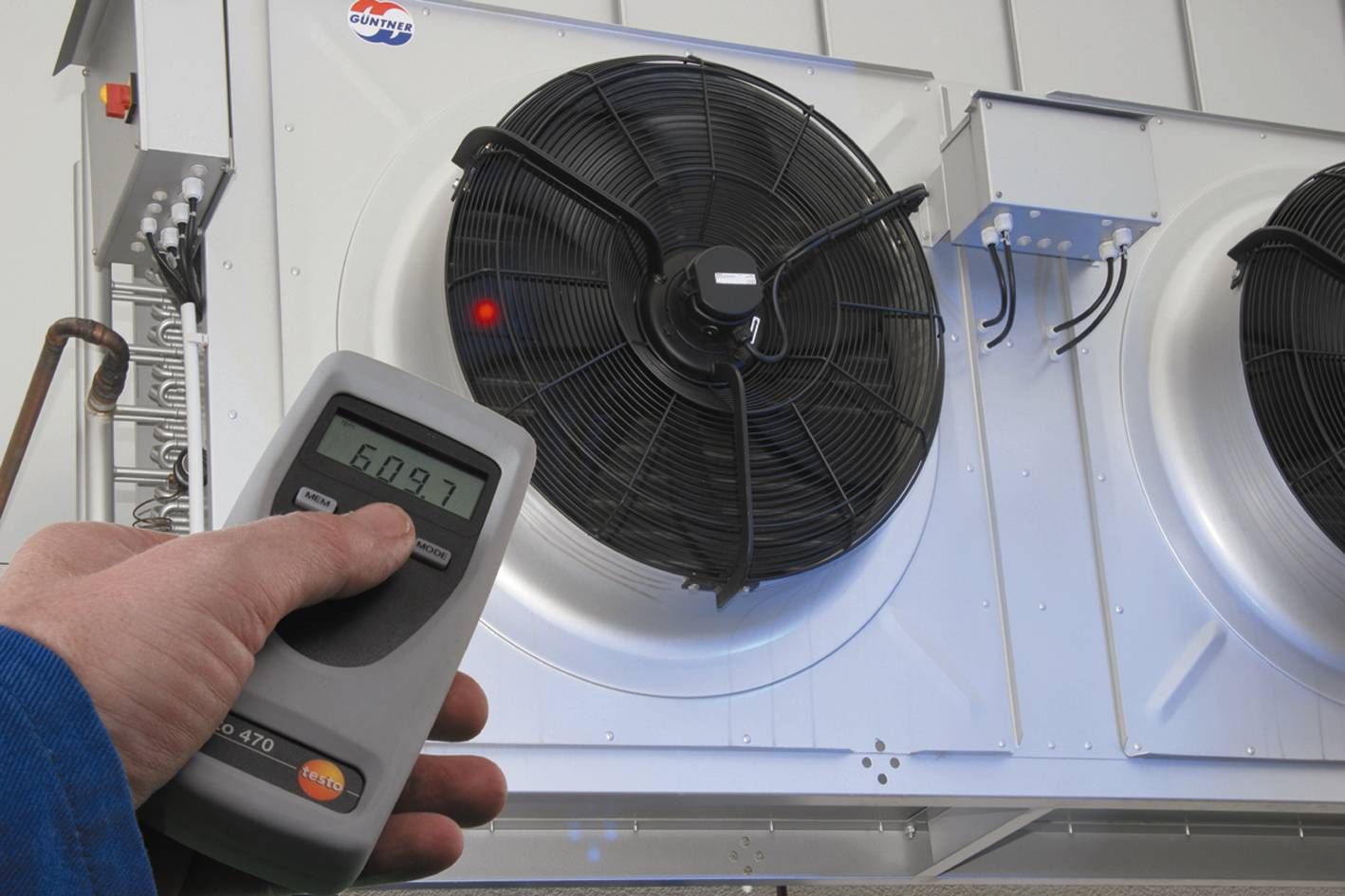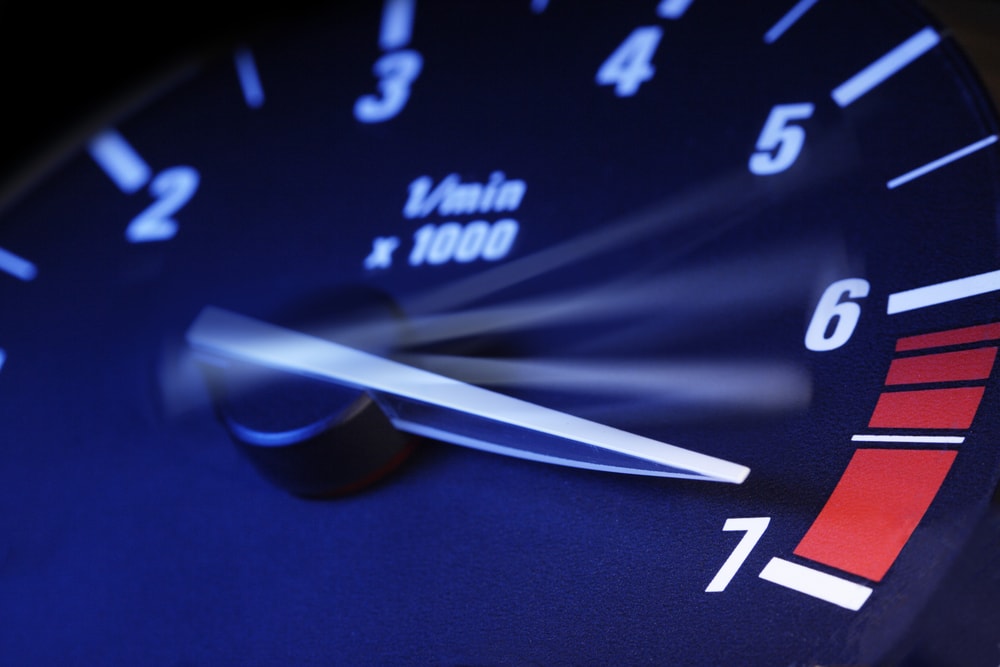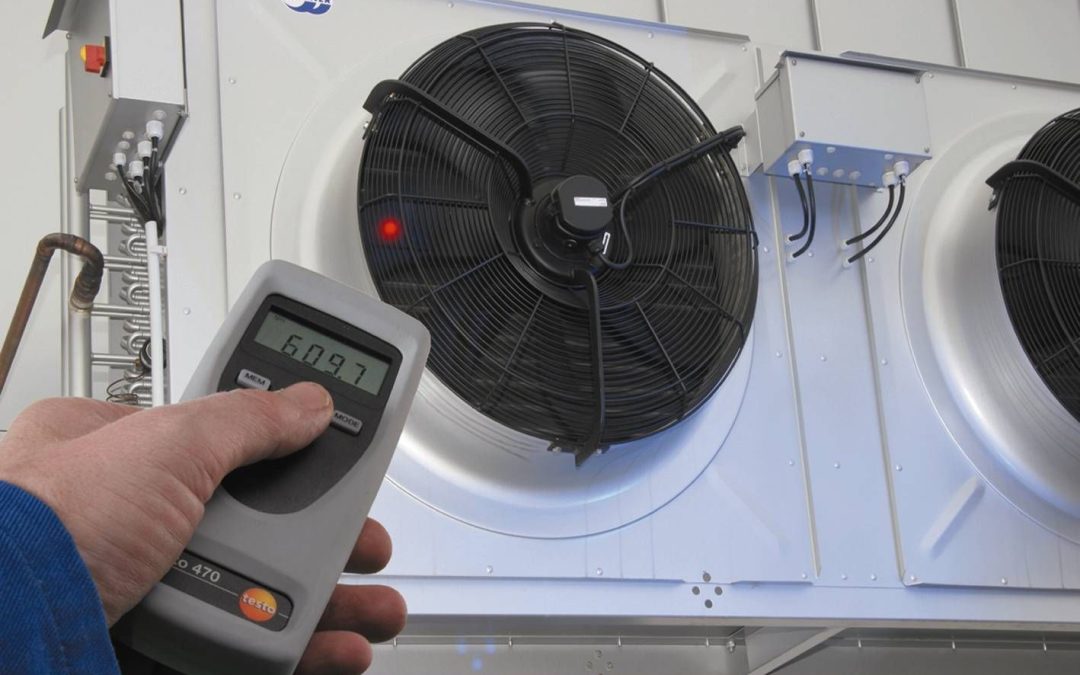Testing a tachometer on a boat is a crucial task that ensures the efficient and safe operation of your marine engine. The tachometer, an instrument that measures the rotation speed of the engines crankshaft, is vital for optimal performance. If you’re unsure about how to proceed, this article is here to guide you.

What Is a Tachometer?
A tachometer is an instrument used to measure the revolutions per minute (RPM) of an engine’s crankshaft. Knowing the RPM can help in diagnosing engine issues and ensuring the boat is operating within safe and efficient limits.
Why Testing Your Tachometer Is Important
Ensuring that your tachometer is functioning correctly is vital for maintaining the health of your boats engine. Malfunctioning tachometers can lead to over-revving, which can cause engine damage and increase fuel consumption. Learn how to test a tachometer on a boat to avoid such issues.
Initial Preparations
Safety First
Before beginning the test, ensure that all safety measures are in place. Wear protective eyewear and gloves to avoid injuries.
Tools You Will Need
- Multimeter
- Service manual for your boat
- Screwdrivers
- Insulation tape
Step-by-Step Guide
Step 1: Turn Off the Engine
Always start with the engine off to avoid any accidents. Disconnect the battery to prevent any electrical issues during the test.
Step 2: Locate the Tachometer Sensor
Refer to your boats service manual to find the sensor. It’s usually connected to the engines flywheel or crankshaft.
Step 3: Inspect the Wiring
Check the wiring for any visible signs of wear and tear. Replace damaged wires before proceeding with the test.
Step 4: Set Up the Multimeter
Set your multimeter to the appropriate settings as recommended in the service manual.
Step 5: Conduct the Test
Turn on the engine and use the multimeter to check the output from the tachometer sensor. Record the readings for analysis.
Step 6: Compare Readings
Compare the readings from the multimeter with the standard values mentioned in the service manual.
Troubleshooting Common Issues
If the tachometer is not reading correctly, follow these steps:
Check Connections
Ensure all connections are tight and free from corrosion.
Replace Faulty Components
If a specific part is malfunctioning, replace it as per the manufacturers guidelines.
Final Thoughts
Testing a tachometer on a boat is not as complicated as it might seem. By following these steps, you can ensure your boat remains in peak condition, guaranteeing both performance and safety.
For more insights on how to test a tachometer on a boat, check out this comprehensive guide.

FAQs
1. What is a tachometer?
A tachometer is an instrument used to measure the rotational speed of an engine’s crankshaft, displayed in RPM (revolutions per minute).
2. Why is testing a tachometer important?
Testing ensures the tachometer provides accurate readings, which are crucial for engine performance and safety.
3. What tools are needed for testing?
You’ll need a multimeter, service manual, screwdrivers, and insulation tape.
